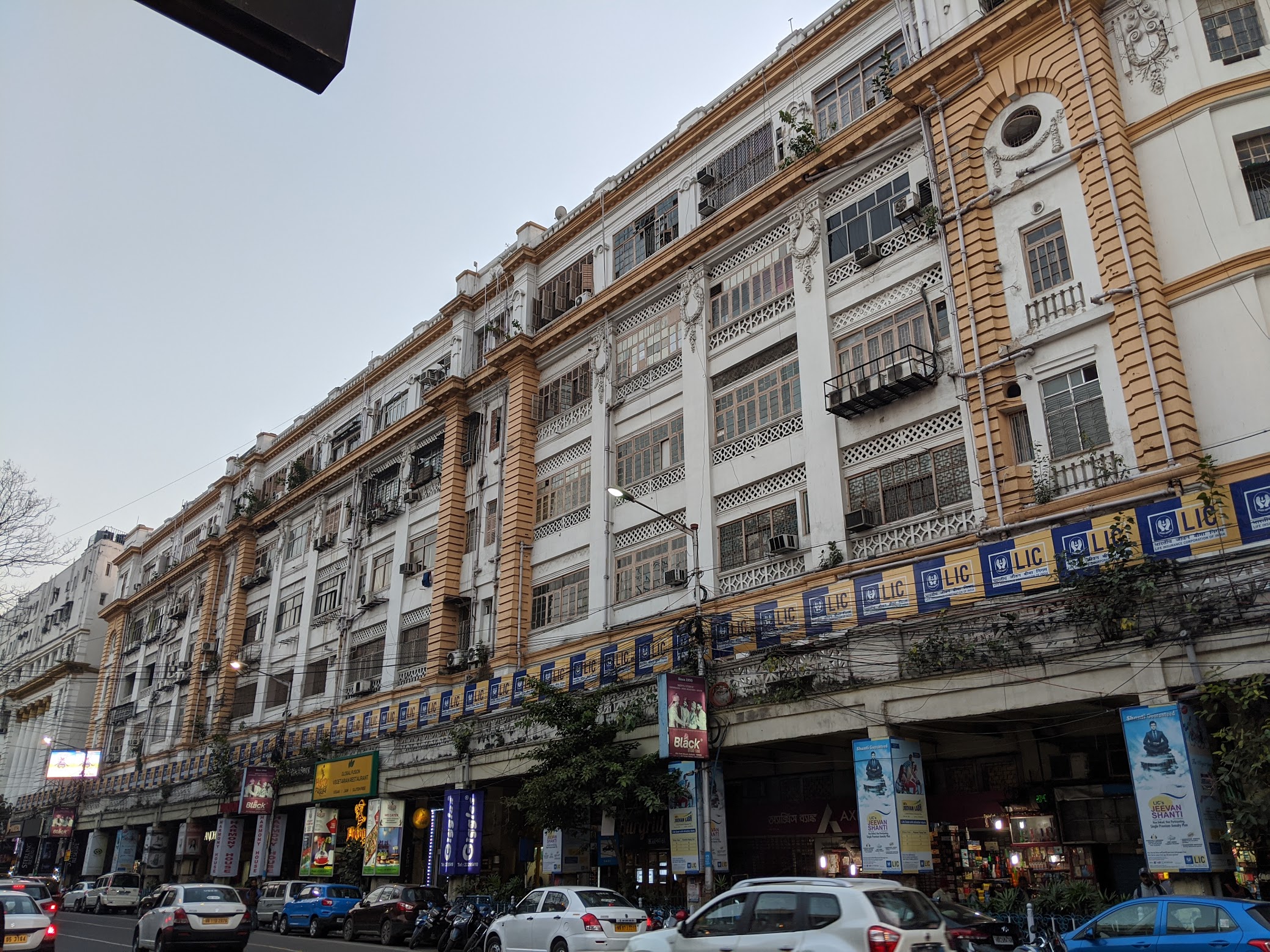Recently, I made a whirlwind trip to my hometown – Kolkata (India). Even though I wish the main intention of this trip had been to take a much-needed vacation, it wasn’t that at all.
In the last few years, the Indian Govt. has gradually made it more and more important for all citizens to acquire the “Aadhaar” card, which is a unique 12-digit national identification number. In fact, it’s the world’s largest biometric identification system, aimed at allocating a highly secure identification number to every Indian. I won’t delve into the need of such a system in this post because it’s not relevant. Instead, I want to talk about the process of acquiring the identification number. As you read this, several stereotypes of how things work (or don’t work) in India are probably running through your mind. I can also bet that you started reading this post assuming that it would be yet another scathing criticism of how pathetic Govt. services are in India. To be honest, I can’t blame you because India does not have a sparkling reputation for having efficient systems, especially when it comes to those run by the Govt.!
Or so say the stereotypes… because my personal experience of the whole process was quite astonishing!
Before I reached Kolkata, I was warned by many people that the Aadhaar card registration process is quite a pain in the wrong place. Apparently, there are always long lines at the registration centers, the systems are not always functional, or are very slow, the staff is not helpful, the data registered is often incorrect, etc etc etc. With that in mind, I was not really looking forward to the experience but I was determined to get this done to avoid any complications later arising out of the fact that I don’t have my Aadhaar number. Mentally prepared to waste a whole day, or more, and possibly several things going wrong, I went to the nearby branch of a bank where they had an Aadhaar registration desk. It was around 3 pm and I was surprised to see that there was only one person ahead of me, who was almost done registering his information in the system. After a short 5 minute wait, I was called to the desk. The lady attendant who was administering the process had a computer screen, keyboard and mouse in front of her. Another screen replicating her display was placed in front of me. She politely gave me a simple form in which I had to fill in my details. I filled up the form and handed it over to her along with my original documents. As she entered the information in the system, I could see what was being entered, so that I could immediately point out any errors. As part of the process, I was photographed using a camera attached to the system. Then, I had my biometrics (fingerprint and retina scan) recorded which were automatically registered to my profile. After entering all the information, I was asked to review it and confirm that there were no errors. The required documents were scanned and attached to my profile as well. After I had confirmed that the registered data had no errors, the attendant submitted the data, printed out the registration receipt and handed it over to me. A couple of signatures and that was it… I was done and free to head back home! From start to end, the whole process took less than 40 minutes, which by any standard anywhere in the world, was outstanding! I was aware that there was a chance of the system rejecting my registration if there were any issues with my data or supporting documents so I kept my fingers crossed and hoped nothing like that would happen.
Just two days later, I checked on the Aadhaar web portal and found that my registration was completed successfully and I could now go ahead and download an electronic copy (in PDF format!) of my Aadhaar card. The original card itself would be dispatched to my registered address by post and could take between 2 to 4 weeks. Even without the physical card, the electronic version was absolutely valid and acceptable at any place where my Aadhaar identification may be required. I could just quote my Aadhaar number, authenticate using my biometrics and the applicable service would be made available to me. I followed the instructions to log into the web portal and download the PDF version of my Aadhaar card. This in itself blew my mind! I could not believe I was dealing with a system that was conceptualized, implemented and administered completely in India, and by Indians. Even in Japan, where they recently implemented the MyNumber (a similar identification number system), there is no digital version of the identification card. Moreover, it takes anything between 1 to 2 months for the MyNumber card to be issued and the physical card to be sent to the applicant’s residence address. A photocopy of this MyNumber card is not accepted anywhere, so the original card has to be carried around and handled with extreme care. Losing it means wasting several hours at the city office and then waiting another couple of months for the re-issued card to be delivered.
There was one last thing I needed to do – link my Aadhaar number to my PAN (Permanent Account Number). Continuing the streak of simplicity, the web portal provided me with a very easy screen to execute the process. A few clicks and number entries later, my Aadhaar number was linked to my PAN. It took me less than 10 minutes!
All my preconceptions about how messy Indian systems were, just got a dose of fresh awareness and made me realise that we Indians are very quick to ridicule the failings of our country but don’t always acknowledge the things that shine bright and make us feel really proud of how far the country has come. I recall there were a lot of issues with the Aadhaar process and the system in their early days. But now, in the year 2020, India’s Aadhaar system is arguably the best in the world, especially when you factor in the country’s massive 1.2 billion population and relatively cluttered technology infrastructure. Not just Japan, but the entire world, should study how this was implemented and learn some very valuable lessons.
Time will tell how well the Aadhaar card integrates into the daily lives of the people and how seamless it becomes to avail of various services in the country. For now, though, I have to admit that I was wrong to assume that I would have to endure pure torture to get my Aadhaar card done. There are a lot of things in India that need to be improved or fixed. The country has gone through several phases of evolution and each phase has brought with it many challenges that remain to be overcome. However, I was once again reminded that when the brightest minds of this great country come together, no challenge is insurmountable. End of the day, we the people make the country what it is and can be. Behind the countless systems and structures in India that either work or don’t work, are people like us. In order to bring about positive transformations, all we need to do is to commit to an extremely high level of quality and expect nothing but the best from ourselves and everyone around us. Only then can we truly realise our collective potential as a nation.

